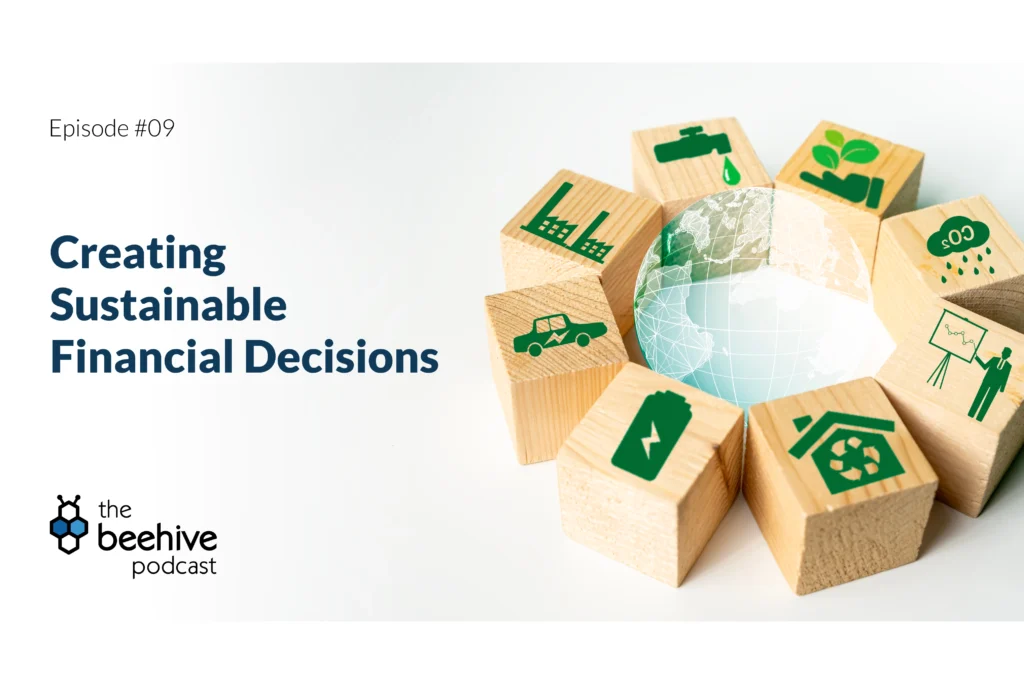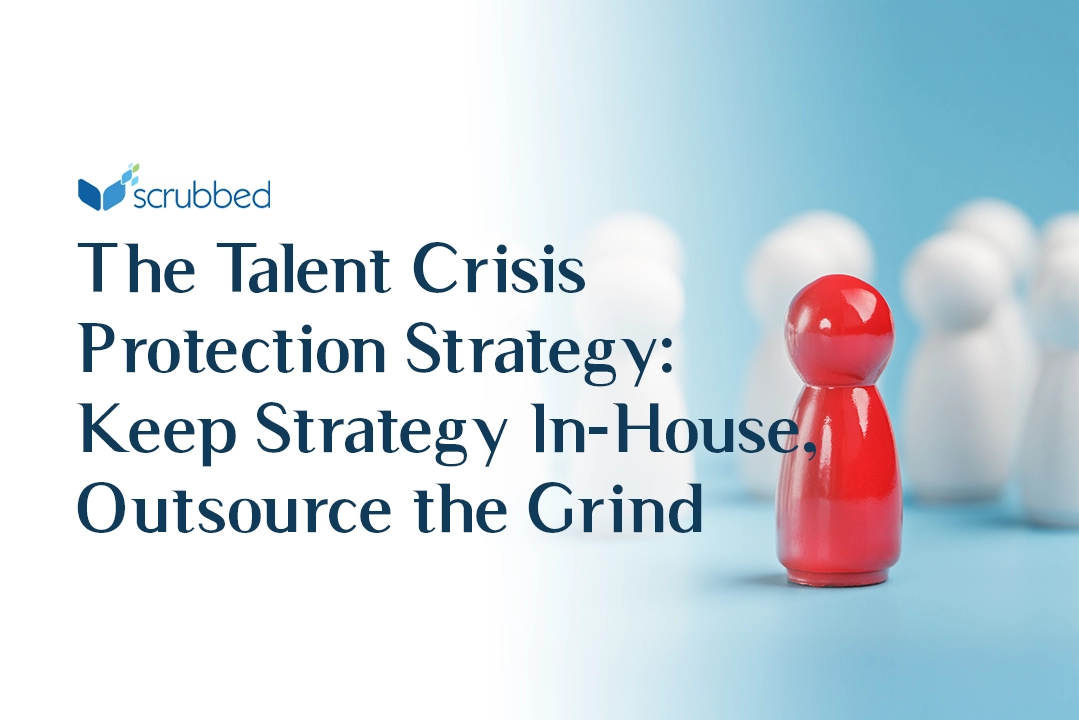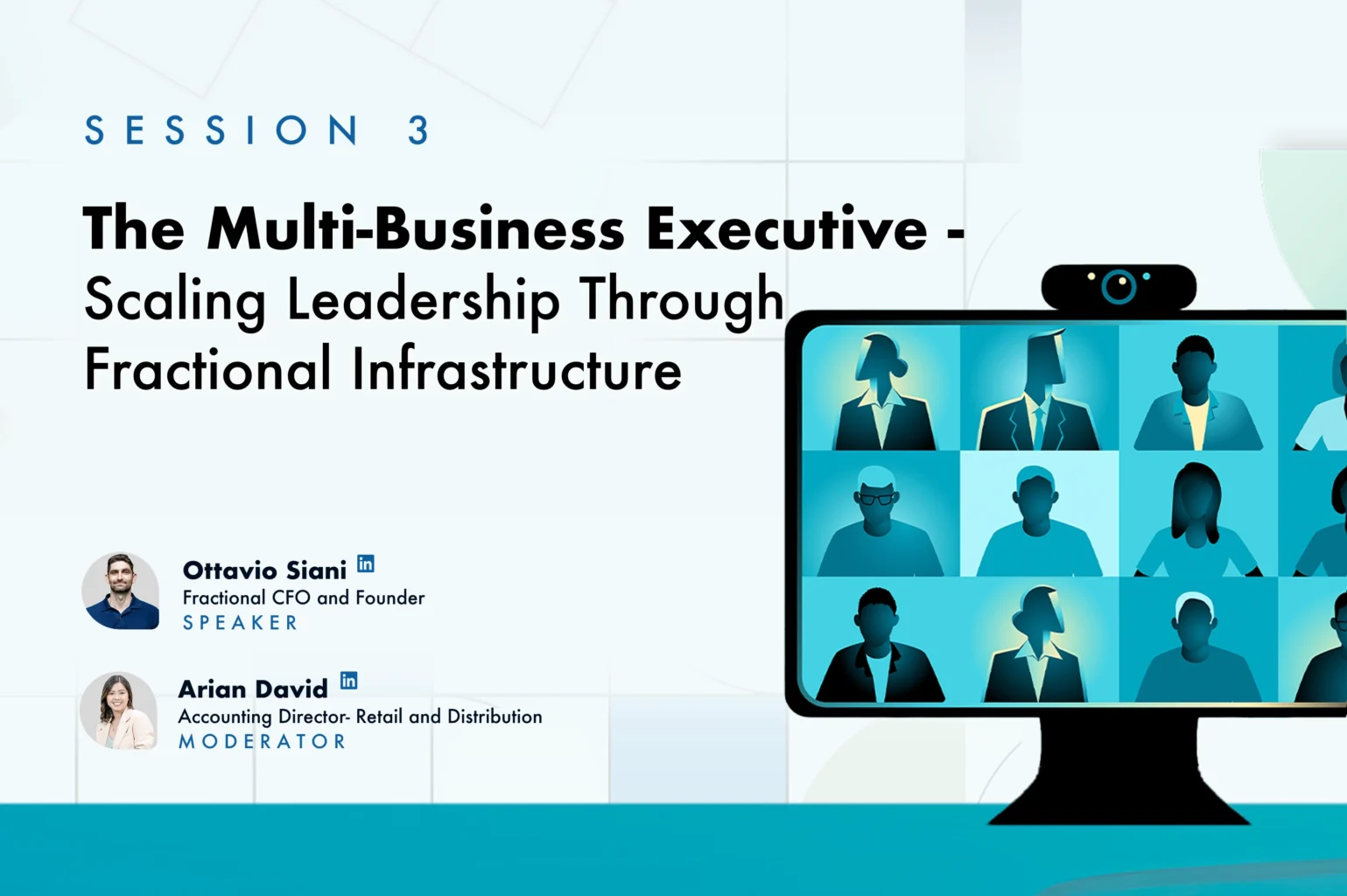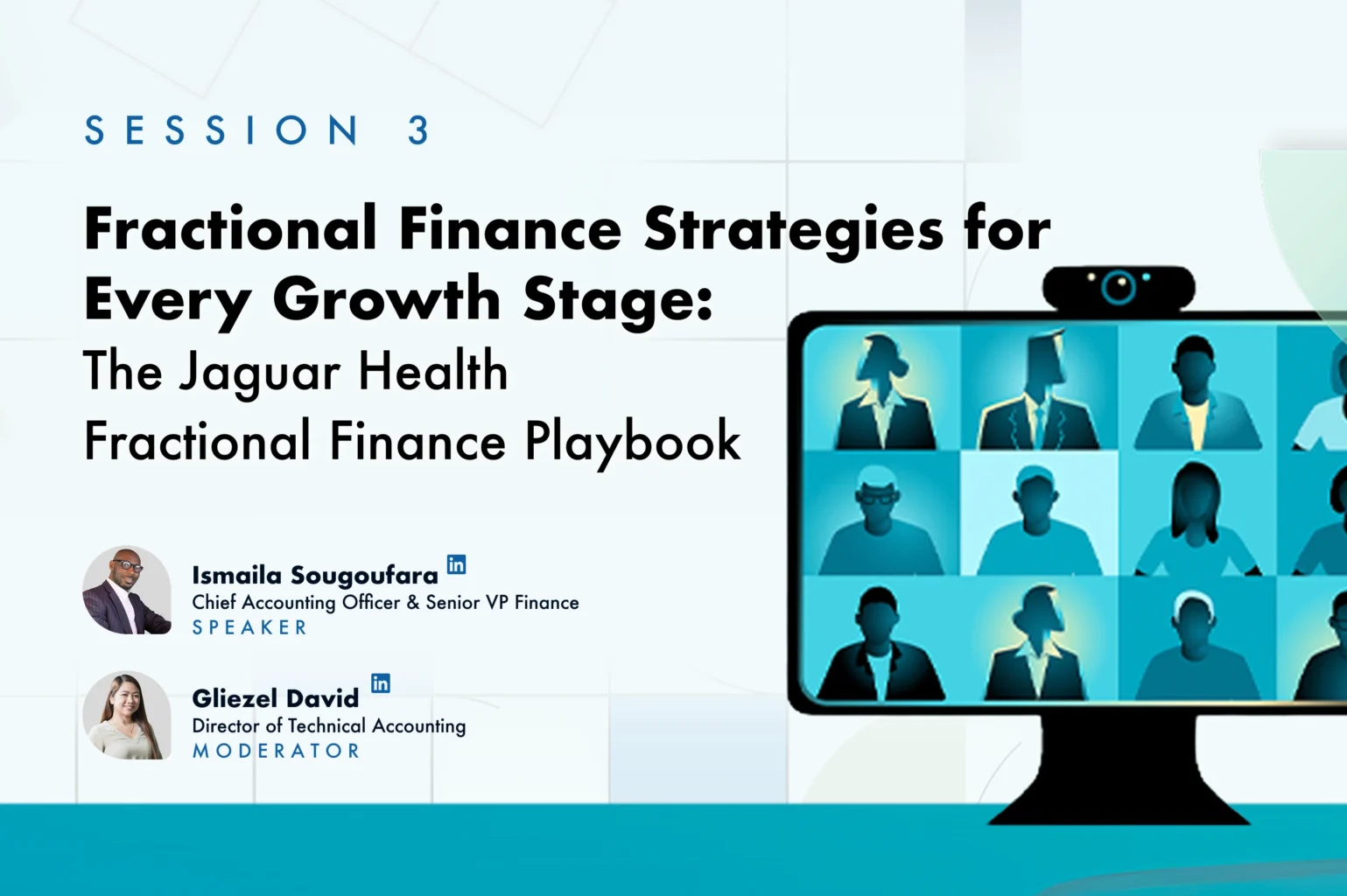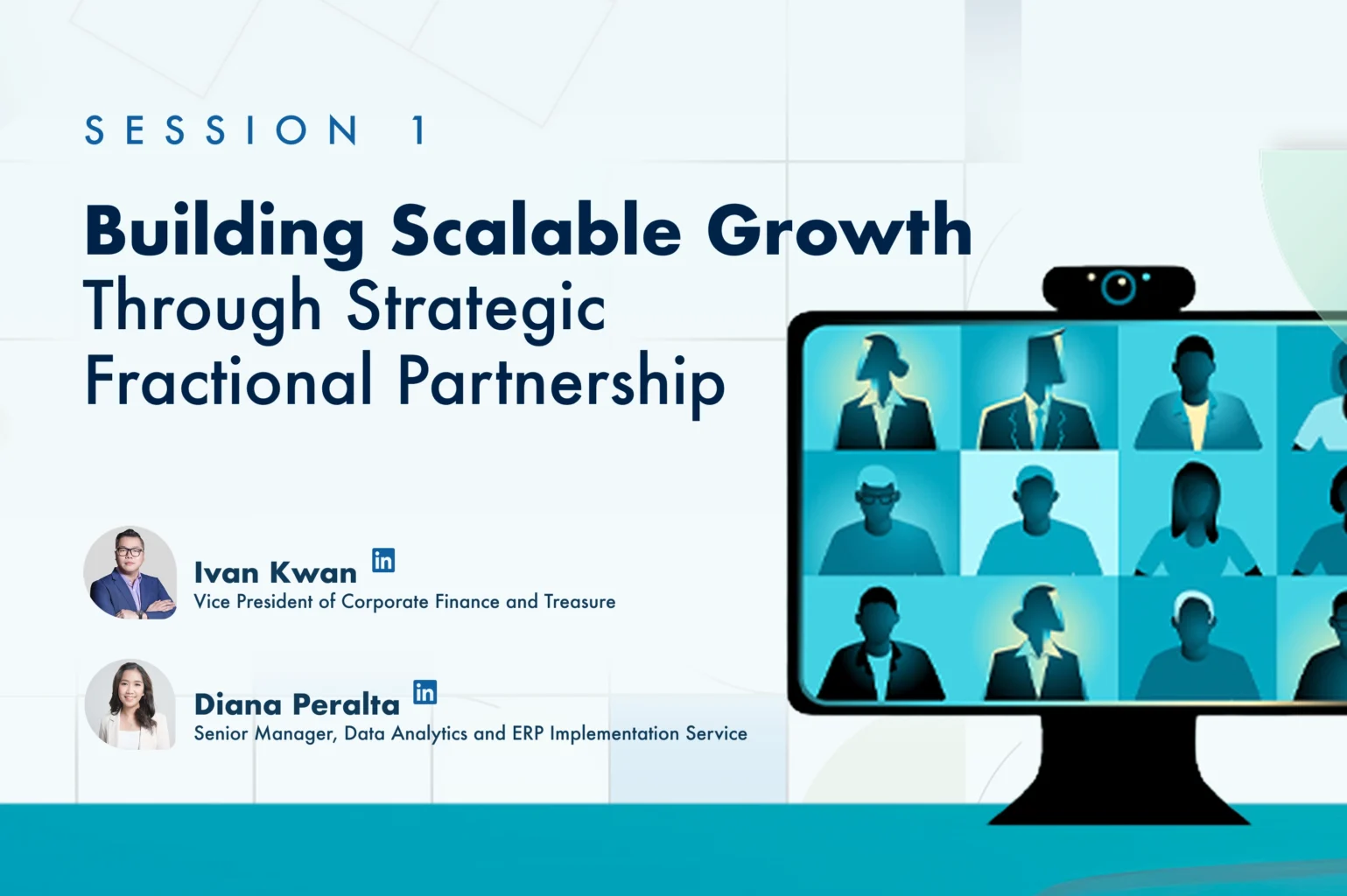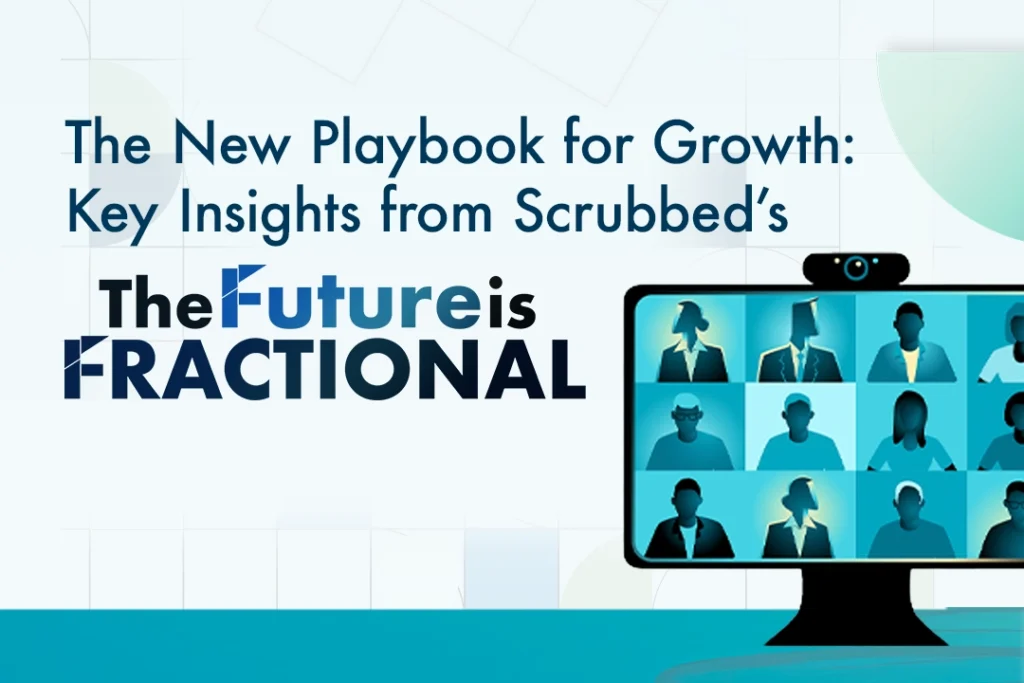Is your company’s sustainability plan just another box to check on a list? For many businesses, sustainability efforts are merely seen as a way to comply and not a strategic opportunity. But what if you could turn obligation into a powerful financial strategy?
In Episode 9 of The Beehive, JM Respeto, Scrubbed’s Sustainability Director, sits down with Ephi Dela Cruz, our partner from Context Nature, to explore how organizations can finally move beyond the checkbox approach and make sustainability central to every financial decision.
From Compliance to Competitive Strategy
Many organizations still see sustainability through the narrow lens of disclosures and compliance. Ephi observes that “a lot of companies seem to be report focused … they pay attention, of course, to the requirements that are necessary for disclosure. But I often wonder, have they really thought about how to operationalize those requirements to help guide them in embedding sustainability into their practice?”
Instead of viewing sustainability as a burden, she challenges leaders to see it as an opportunity to increase efficiency, reduce costs, and build resiliency. As the discussion reveals, genuinely committing to sustainability, such as investing in employee well-being, can directly boost productivity. Sustainability, as Ephi explains, shouldn’t be “extraneous,” but integrated into how businesses operate and grow.
Why Top-Down Leadership Matters
One major challenge is that sustainability often exists in silos. “Sustainability teams, the finance team, operations, engineering often don’t come together at the very beginning at the planning stage,” Ephi notes. JM adds that this gap often comes from leadership itself: “the sustainability approach should be considered top down, meaning it should be led by the board not being reported to … this is a whole company approach.”
Without top-down leadership, sustainability initiatives often remain scattered and disconnected. Leadership isn’t just about internal coordination, either. JM highlights that companies must also involve their investors, customers, suppliers, particularly supply chain, and also the communities they serve in sustainability planning to identify risks and opportunities.
Unlocking the Financial Value of Sustainability
Sustainability is often seen as a cost center, but JM and Ephi emphasize that finance and tax professionals are essential in turning sustainability into a value driver. Ephi frames it this way: “If a company is strapped for cash for capital for these sustainability initiatives, why are we not bringing our tax professionals into the planning process by identifying tax incentives and credits that could be considered at the very beginning?”
By involving finance and tax teams early, organizations can make smarter capital expenditures, unlock incentives, and avoid costly compliance issues down the road. As JM explains, these teams are always ready to help and often bring valuable insights into what a sustainable approach should look like for a particular business, making them your secret weapon in building a powerful business case.
Building Resilient and Innovative Businesses
That said, true sustainability isn’t just about risk; it’s also about fueling innovation and resilience. JM explains that challenges and operational hindrances often spark creativity, leading to new ways of doing business and generating revenue streams.
Examples like circular economy models in manufacturing or energy capture from landfills show how businesses can transform said risks into opportunities. It all comes down to preparation and a shift in mindset. As JM concludes, “really long-term thinking is very important…That’s the very key for more propelled growth for all of the businesses.”
Why Listen to Episode 9
In this episode of The Beehive, you’ll discover:
- Why sustainability is more than compliance and reporting.
- How leadership can break down silos and embed sustainability across the business.
- The crucial role of finance and tax in unlocking incentives and building the business case.
- How resilience and innovation flow from a long-term sustainability mindset.


